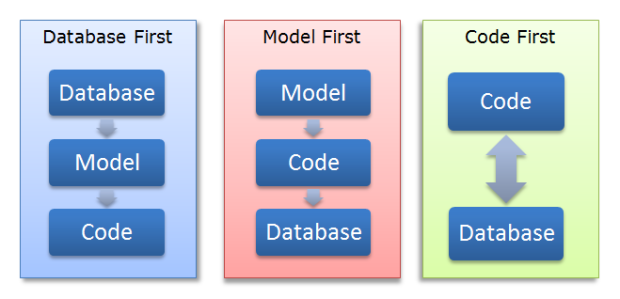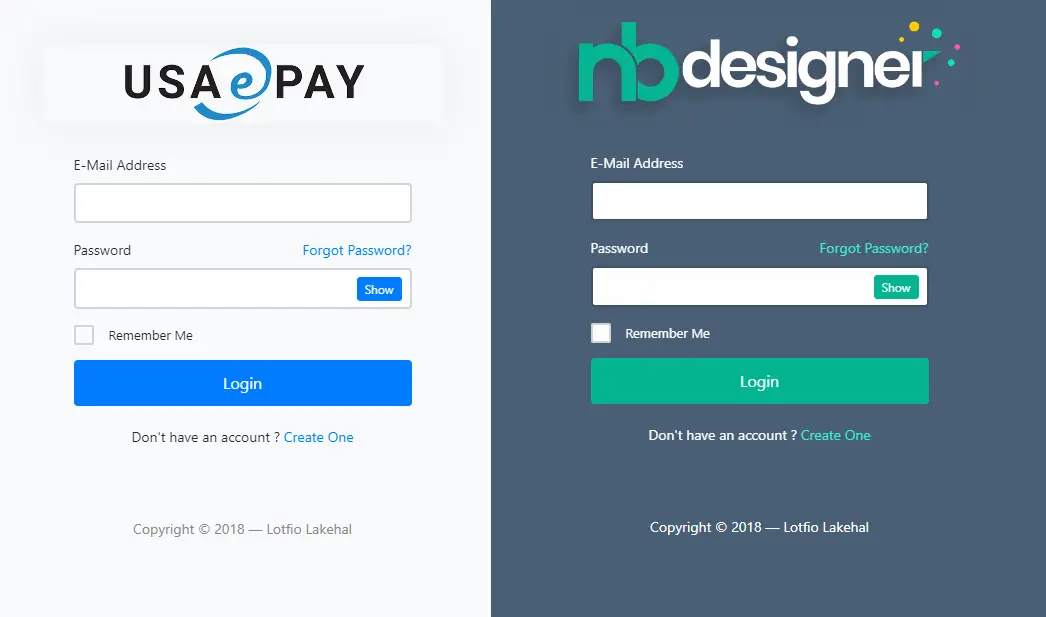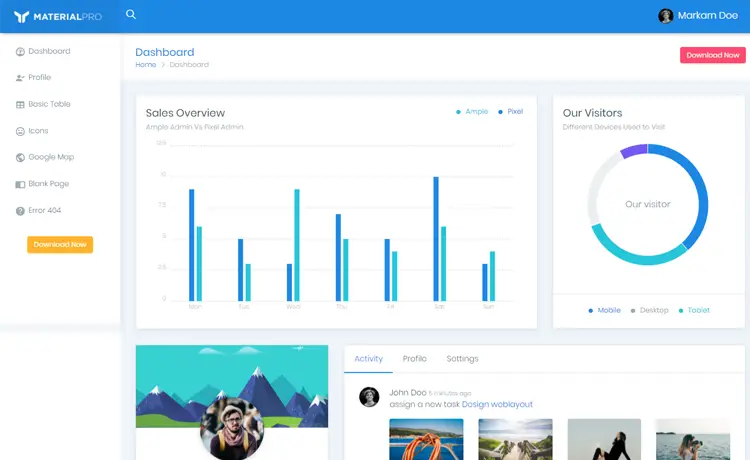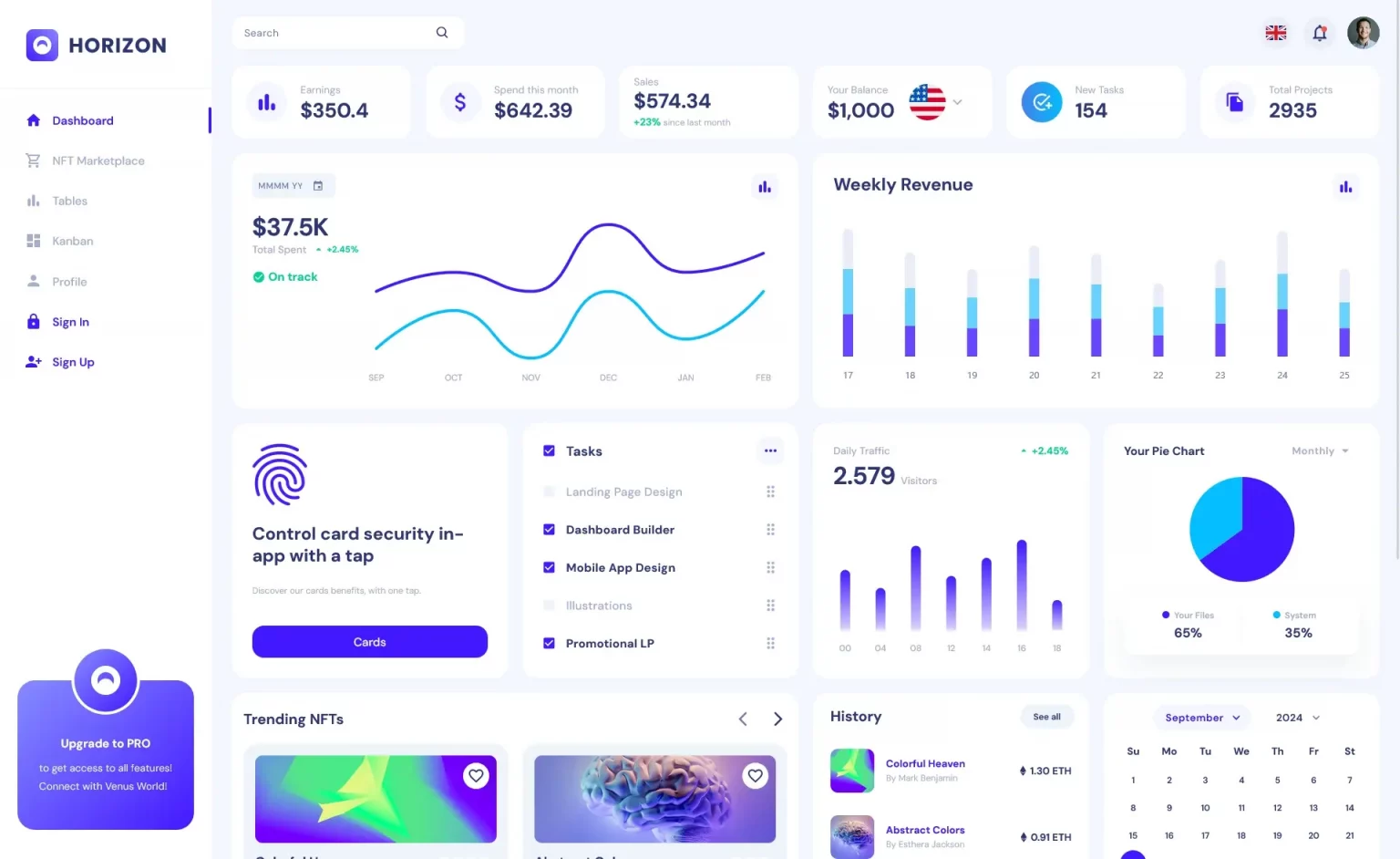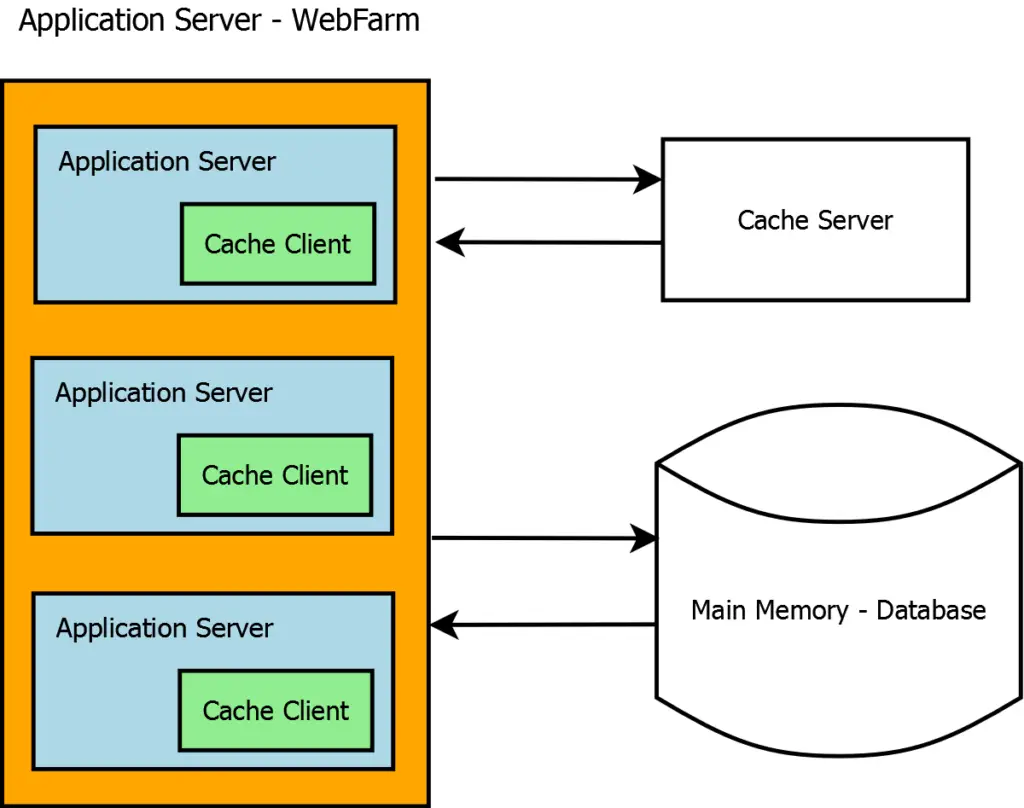Performance Boost from Reusing HttpClient Connections
By Tan Lee Published on Jan 21, 2025 391
Reusing connections can boost performance in the following scenarios:
- Sending multiple sequential requests to the same endpoint.
- Sending concurrent requests to the same endpoint.
To demonstrate the performance improvement, I'll send multiple requests to a URL.
The first request will require opening a new connection, while the following requests will reuse the established connection. I’ll measure the response times for both cases.
It's important to discard the first measurement (due to warm-up time), but for this scenario, I’ll perform a warm-up request to a different URL (localhost) before beginning the actual performance test.
Below is a C# code sample that measures the time taken to open and reuse a connection using HttpClient:
public static async Task MeasureConnectionReuse()
{
var apiUrl = "https://jsonplaceholder.typicode.com/todos/1";
var httpClient = new HttpClient();
// Warm up the framework with a request to localhost
await SendRequest(httpClient, "https://localhost:9000/api/warmup");
Stopwatch stopwatch = Stopwatch.StartNew();
await SendRequest(httpClient, apiUrl);
stopwatch.Stop();
Console.WriteLine($"Time to open a new connection: {stopwatch.ElapsedMilliseconds}ms");
List<double> responseTimes = new List<double>();
// Measure response times for reusing the connection
for (int i = 0; i < 100; i++)
{
stopwatch.Restart();
var response = await SendRequest(httpClient, apiUrl);
stopwatch.Stop();
responseTimes.Add(stopwatch.ElapsedMilliseconds);
}
Console.WriteLine($"Reused connection response times: Min={responseTimes.Min()}ms Max={responseTimes.Max()}ms Avg={responseTimes.Average()}ms");
}
public static async Task<string> SendRequest(HttpClient httpClient, string url)
{
var response = await httpClient.GetAsync(url);
response.EnsureSuccessStatusCode();
return await response.Content.ReadAsStringAsync();
}When running the example above, the first request opens a new connection, and the subsequent requests reuse the existing connection. This is verified by observing the reduced time for reuse requests.
For example, the results might look like this:
- Cost of opening a new connection: 524ms
- Cost of reusing the connection: Min=50ms Max=60ms Avg=55ms
In this case, the request that had to open a new connection took 524ms, while the reused connections took 55ms on average, making reuse around 9.5 times faster than opening a new connection.
Reusing connections is highly effective, providing performance boosts between 5x to 9.5x in most scenarios.
- How to read problem details JSON using HttpClient in C#
- How to get the status code using HttpClient in C#
- How to make concurrent requests with HttpClient in C#
- How to Get and send JSON using HttpClient in C#
- How to consume an SSE endpoint using HttpClient in C#
- How to send a file using HttpClient in C#
- Sending query strings using HttpClient in C#
- How to change the HttpClient timeout per request in C#

